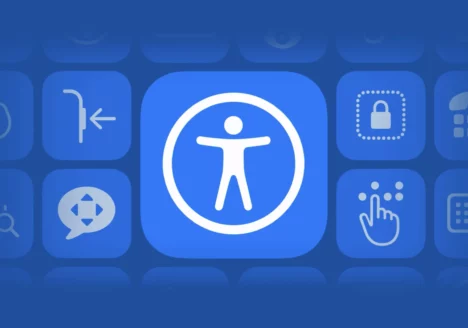How to Conduct User Research: A Beginner’s Guide
Summary: This guide covers the basics of conducting user research for product design, including preparation, conducting interviews, and analyzing data. Gain insights into the needs and behaviors of your target audience to inform design decisions and improve your product.
User research is a crucial aspect of product design and development. It allows designers to gain insight into the needs, wants, and behaviors of their target audience, allowing them to make informed decisions about the design and functionality of a product.
Preparing for User Research:
- Define your research goals and objectives: Before you begin, it’s important to clearly define your research goals and objectives. What do you want to learn from your research, and what questions do you want to answer? This will help you focus your research and ensure that you collect the data you need to achieve your goals.
- Choose your participants: Selecting the right participants is key to successful user research. Consider factors such as age, location, and user behavior when choosing participants. Make sure that the participants you select represent your target audience.
- Develop a discussion guide: A discussion guide is a set of questions you want to ask during the research interviews. The guide should be designed to elicit information about the user’s needs, wants, and behaviors. When creating your discussion guide, keep in mind that open-ended questions often lead to more insightful answers, while closed-ended questions may provide quicker and more quantifiable answers.
Examples of discussion guide questions
- Can you tell us about a recent experience you had with a product similar to ours?
- How do you currently go about solving the problem that our product addresses?
- How do you see yourself using our product in the future?
- Can you walk us through a typical day and how our product would fit into your routine?
- What do you like/dislike about similar products on the market?
- Have you encountered any challenges or frustrations when using similar products in the past?
Conducting User Research
- Schedule the interviews: Once you have developed your discussion guide and selected your participants, reach out to potential participants to schedule a time and place for the research interviews. Consider offering incentives, such as a gift card or compensation for their time, to encourage participation.
- Create a comfortable environment: The interview should be a relaxed and comfortable experience for the participant. Ensure that the environment is quiet, with minimal distractions. Provide the participant with water or other refreshments if necessary.
- Listen actively: Be an active listener during the interview, paying close attention to the participant’s words and body language. Avoid interrupting the participant and let them answer the questions in their own time. Take the time to understand the participant’s perspective and ask follow-up questions to gather more information.
- Take notes: Write down key points during the interview to help you remember what was discussed. Consider using a recording device, such as a voice recorder, to capture the conversation. However, be sure to obtain the participant’s consent before using a recording device.
After the Interviews
- Analyze the data: After conducting the interviews, review your notes and identify patterns and themes in the data. Consider using tools such as spreadsheet software or a mind mapping tool to help you organize the data.
- Report your findings: Present your findings in a clear and concise manner, highlighting the key insights and recommendations. Consider including quotes from participants to provide context and support your findings.
- Use the insights to inform design decisions: Use the insights you have gathered from your user research to inform your design decisions. Consider how the insights you have gathered can be used to improve the product and meet the needs of your target audience.
Conclusion
Conducting user research is a crucial aspect of product design and development, providing designers with insight into the needs, wants, and behaviors of their target audience. By following the steps outlined in this beginner’s guide, you can ensure that your user research is well-prepared, well-executed, and that the data collected is analyzed and reported effectively. Remember to always obtain the participant’s consent before conducting any research, and to use the insights gathered to inform your design decisions and improve the product.
Sources
- The Essential Guide to User Research, by Steve Portigal.
- User Research: A Practical Guide, by David Travis.
- Designing User Research, by David F. Chisnell.
- User Experience Research, by Dr. David Travis.
- Handbook of Usability Testing, by Jeffrey Rubin and Dana Chisnell.

